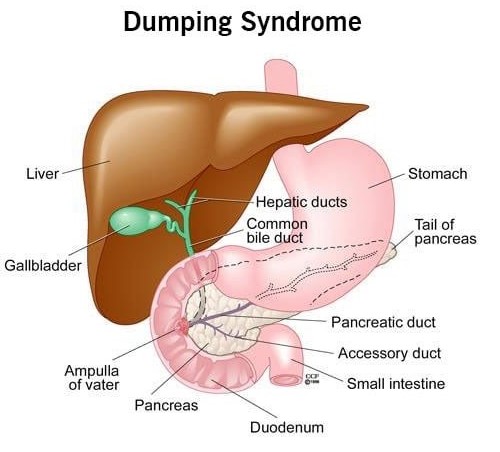In caring for a client who requires seizure precautions, the practical nurse (PN) should ensure the ready availability of equipment to perform which procedure?
Suction the trachea.
Insert a nasogastric tube.
Insert a urinary catheter.
Apply soft restraints.
The Correct Answer is A
Suction the trachea.
Choice A rationale:
The practical nurse (PN) should ensure the ready availability of equipment to perform tracheal suctioning for a client who requires seizure precautions. Seizures can sometimes cause excessive salivation or even vomiting, which may lead to the obstruction of the airway. Suctioning the trachea helps in quickly clearing any secretions or vomitus from the airway, preventing potential respiratory compromise and ensuring the client's airway remains patent.
Choice B rationale:
Inserting a nasogastric tube is not directly related to seizure precautions. Nasogastric tubes are used for various purposes, such as decompression of the stomach, feeding, or administering medications. While it might be necessary in specific situations, it is not a priority when caring for a client on seizure precautions.
Choice C rationale:
Inserting a urinary catheter is also not directly related to seizure precautions. It is typically done for clients who have difficulty urinating on their own or for precise monitoring of urine output. Seizure precautions focus on the client's airway and safety during a seizure episode.
Choice D rationale:
Applying soft restraints is generally not recommended for clients on seizure precautions. Restraints should only be used as a last resort for clients who pose a risk to themselves or others during a seizure. The primary goal is to provide a safe environment and prevent injuries without restraining the client unless absolutely necessary.
Nursing Test Bank
Naxlex Comprehensive Predictor Exams
Related Questions
Correct Answer is ["0.75"]
Explanation
To calculate the amount of mL to administer, the PN should use the following formula:
mL = (mcg x 1 mg/1000 mcg) / (mg/mL)
Plugging in the given values, we get:
mL = (150 x 1/1000) / (0.2)
mL = 0.15 / 0.2
mL = 0.75
Therefore, the PN should administer 0.75 mL of octreotide subcutaneously.

Correct Answer is C
Explanation
The correct answer is choice C. Assign the remainder of medication administration to another PN who is performing treatments.
Choice A rationale:
Asking unlicensed assistive personnel (UAP) to give medications to their assigned residents is not the best action to take in this situation. Medication administration requires a certain level of training and knowledge to ensure safe and accurate delivery. UAPs may not have the appropriate training and legal authorization to administer medications, which could lead to potential errors and harm to the residents.
Choice B rationale:
Documenting why all the medications were not given to each resident is not sufficient to address the issue at hand. While documentation is essential for record-keeping and communication, it does not resolve the problem of medication administration being left incomplete. The priority should be finding a qualified person to administer the remaining medications.
Choice C rationale:
This is the correct answer because assigning the remainder of medication administration to another PN who is performing treatments ensures that qualified and trained personnel are handling the medication administration. This PN is likely familiar with medication protocols and safety measures, reducing the risk of errors.
Choice D rationale:
Denying the medication aide's request to leave before all medications are given might not be practical if the aide is genuinely unwell or unable to continue working safely. The focus should be on ensuring that medication administration is completed by qualified staff rather than forcing the sick aide to stay.
Whether you are a student looking to ace your exams or a practicing nurse seeking to enhance your expertise , our nursing education contents will empower you with the confidence and competence to make a difference in the lives of patients and become a respected leader in the healthcare field.
Visit Naxlex, invest in your future and unlock endless possibilities with our unparalleled nursing education contents today
Report Wrong Answer on the Current Question
Do you disagree with the answer? If yes, what is your expected answer? Explain.
Kindly be descriptive with the issue you are facing.
